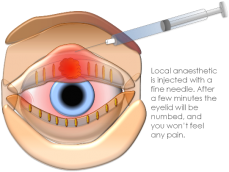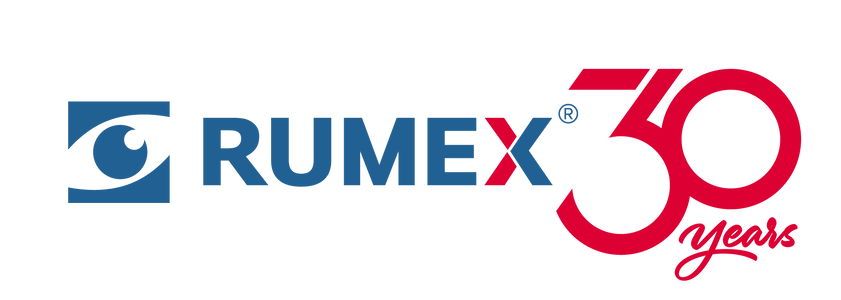
Chalazion Eye Forceps for Microsurgery
Chalazion is a cystic growth in the eyes. It is also called Meibomian cyst, conjunctival granuloma, or tarsal cyst. The cyst usually grows on the upper or lower eyelid. It may be firm or soft and fluid-filled. It is caused by an inflammatory reaction or obstruction of the oil glands on the eyelids. The mainstay of treatment is through surgical excision and drainage of the chalazion. This procedure uses a special instrument, the chalazion forceps.
How does this forceps look like?A chalazion forceps is a self-retaining type of thumb forceps that has discoid ends. One arm has a flattened plate at its end, which is round and solid. The other arm has a matching ring that fits into the opposite arm’s solid plate. There is an adjustable screw at the middle of the plates, which can be tightened until it has a firm and fine grip to the cyst or lesion.
The tip is specially designed to grasp a cyst perfectly. The design allows the chalazion forceps to be safely inserted into a tiny incision. There are no rough edges that may scratch or injure the delicate membranes as it passes through. Unlike other thumb forceps, the chalazion forceps can be safely inserted and withdrawn without the risk of tissue damage. It is primarily used to remove a chalazion, hence the name. The special design also allows surgeons to use this forceps for prevention of bleeding during chalazion removal. The slim fit design does not require a large incision inorder to remove lesions. This forceps can also be used for the isolation and removal of lesions (such as a mucocele) located on the lips and cheeks.
How to remove chalazion using the chalazion forcepsThe surgical removal of chalazion is a minor type of surgery and the patient can go home and perform regular activities right after. A local anesthetic is applied to the eyelids. A small incision is made, usually at the topmost portion of the chalazion. Then, the chalazion forceps is carefully inserted. The plates are gently squeezed together until a firm hold is established on the cyst. The hold is maintained while the other hand adjusts the screw to the desired grasp. When the desired stability and amount of grip is obtained, the surgeon slowly withdraws the forceps from the incision. Any exudates like plasma and small amounts of accumulated blood can be manually expressed by applying gentle pressure around the site of the chalazion. Any residue is normally reabsorbed by the system as part of the healing process. The procedure usually takes about 15 minutes.
The chalazion forceps allows the surgeon to make a small incision, unless the chalazion is a very large one. Because of this, there is no need for suturing after the cyst has been removed. Applying pressure over the incision is usually enough to stop the minimal bleeding. Healing of the wound is left to occur naturally, without any stitches. Usually, healing does not leave any scars and occurs in about 4 to 5 days.
Example of Chalazion Forceps4-1907T Desmarres Chalazion Forceps, Small, 19.80 x 10.40 mm Platform, Length 90 mm, Titanium

